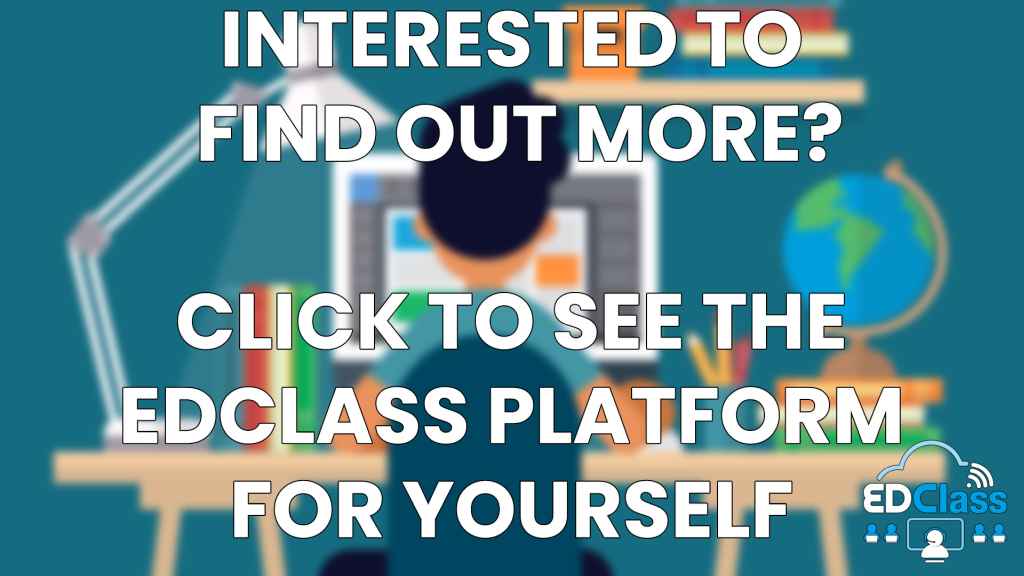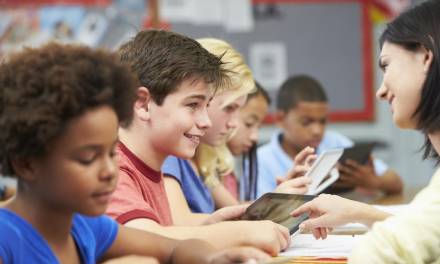In the next ten years, significant shifts will be made to how we acquire knowledge. Recent developments in digital media, communication, and bandwidth have made it feasible to provide education at a much-reduced cost compared to more conventional methods. Students have access to a wide variety of materials on the internet, including text, audio, and video content, as well as interactive and collaborative tools. When polled, eighty-five per cent of today’s online students responded positively to whether or not they thought distance learning was on par with or even better than conventional classroom-based courses. The human connection is an essential component of classroom instruction that video-on-demand or virtual classroom courses do not have and severely miss.
What Is a Virtual Classroom?
An online location that imitates a real-world classroom is known as a “virtual classroom.” Lessons are often conducted synchronously, meaning that the educator and the learners are all present in the same online location at the same time to engage with one another. On the other hand, the demands of the educator or the student often dictate the inclusion of pre-recorded components in some virtual classes. Virtual classrooms, much like traditional ones, are adaptable to each user’s learning preferences and requirements.
Types of Virtual Classrooms
Rotation
Rotation is often used as a component of the flipped classroom method. It entails employing online and offline classrooms in rotation according to a set of guidelines. In many instances, major learning takes place online.
Fully online
A virtual classroom, as the name indicates, does not need or allow students to communicate with one another in a face-to-face or offline setting. The use of pre-recorded films and little real-time interaction through online meeting software distinguishes these courses as synchronous or asynchronous.
Flexible
The students are free to enter the virtual classroom at any moment that is convenient since it is open and accessible to them at all times. Aside from that, learning is encouraged to occur within small groups. The virtual classroom is where students may return in case they have problems.
Mix-and-match
This model allows students to choose a learning approach tailored to their needs to ensure they acquire the possible information. It is a mix of several digital teaching paradigms, and it may be either student-led or institution-governed, depending on who is in charge.
Future of Virtual Classroom
The field of education seems to have a prosperous future. The use of virtualisation will assist in reducing expenses to a much smaller percentage of what they are now. The teaching profession will place a greater emphasis on merit. The best educators will have a following comparable to celebrities and significant financial rewards.
Low Cost
This is the primary benefit of obtaining an education via the internet instead of the more conventional methods. The supporting infrastructure that contributes to the unacceptably high cost of receiving an education is not required for online education.
Flexibility and Convenience
The ease and adaptability of virtual classrooms cannot be compared to anything else. Students can access a virtual classroom from any location with an internet connection, including their homes, offices, internet cafes, and other public places. Regarding travel, there is neither an investment of time nor money required.
Smashing the geographical barriers
The use of virtual reality in teaching will remove any limitations imposed by location. Students in less populated cities will no longer have their education stunted due to insufficient facilities and opportunities available locally.
Collaboration with International Peers
One of the advantages of participating in a virtual classroom is the possibility of working together on projects with classmates located in different parts of the world. Students are exposed to a variety of viewpoints, they get knowledge about a variety of cultures, and they have the opportunity to get a glance into how the lives of their fellow students are led, how they think, and how they study.
Conclusion
The number of people participating in distance learning courses is skyrocketing, and this trend will continue. There is no compelling reason for all educational activities to occur in the same location. A more connected world allows for more flexibility not just for students but also for their instructors. The features of the solution you choose for your virtual classroom will significantly impact how you set up the students’ interactions with one another. It is possible that, in some circumstances, all that is required of them is to collaborate on a digital whiteboard.
If you would like to learn about an online alternative provision that specialises in safeguarding and allows students to learn in virtual classrooms, then visit EDClass. To book a free online demonstration call the team on 01909 568 338, send an email to mail@edclass.com or directly book here or by clicking the button below.











